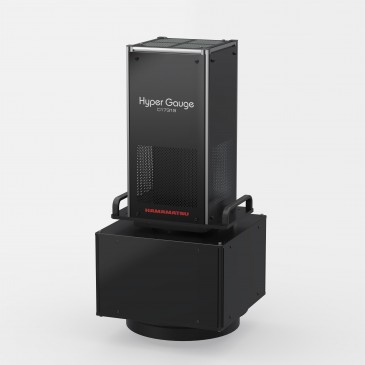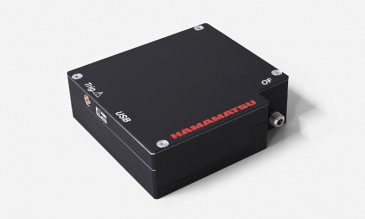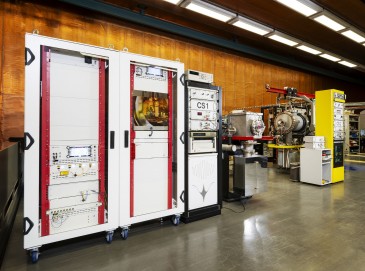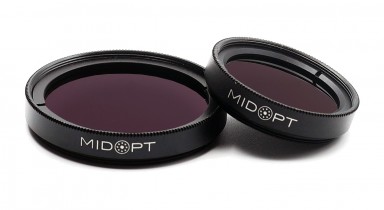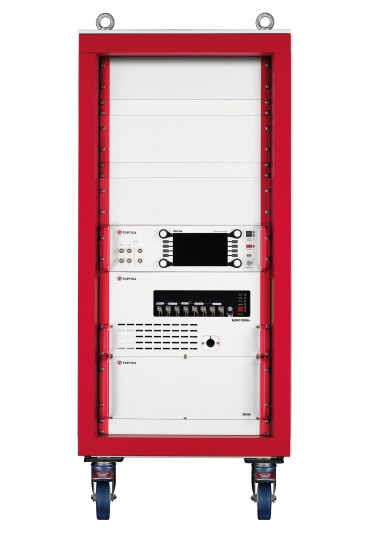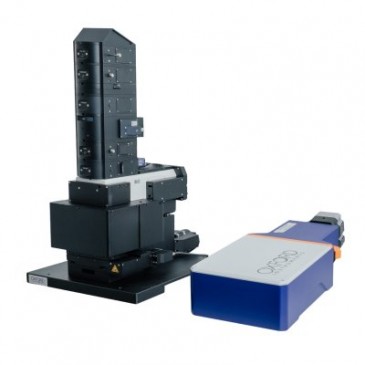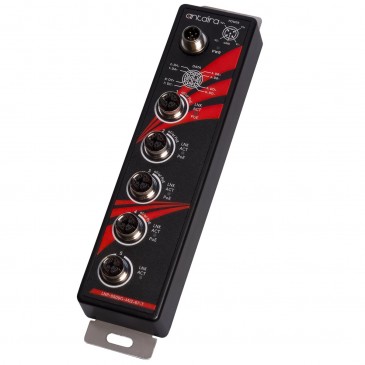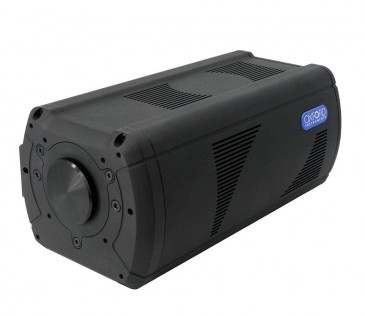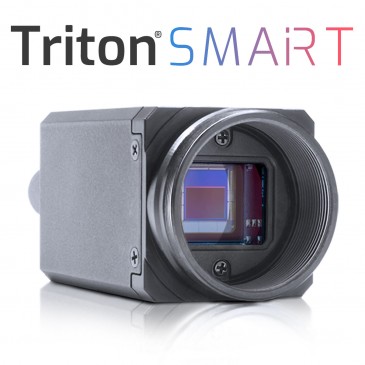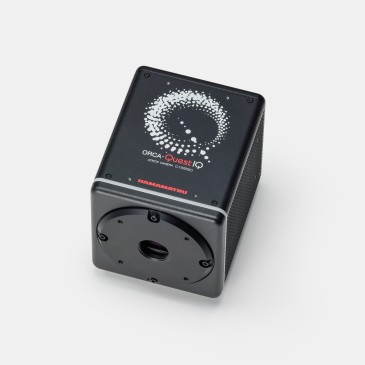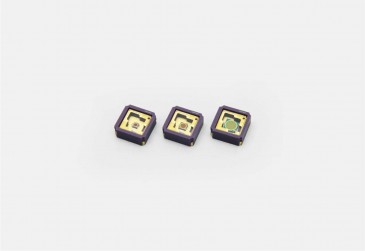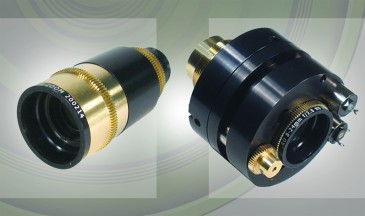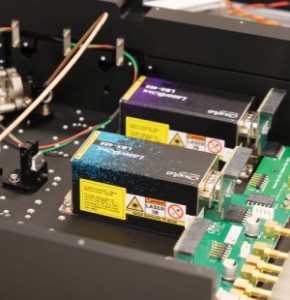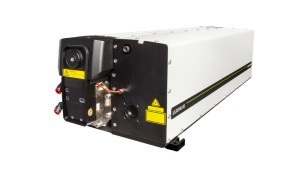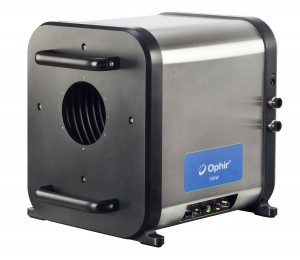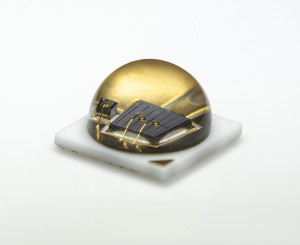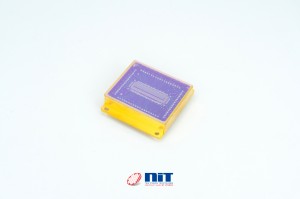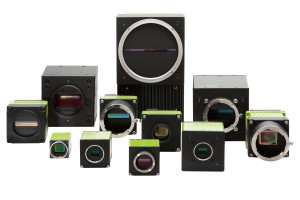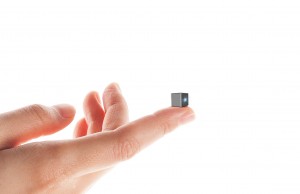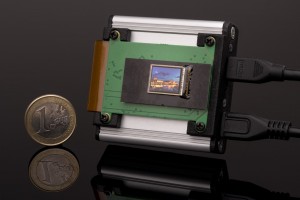
The InGaAs (Indium Gallium Arsenide) Image Sensors Market plays a pivotal role in shortwave infrared (SWIR) imaging technologies. Known for their ability to detect wavelengths in the 900 nm to 1700 nm range, InGaAs sensors are indispensable in industries that require visibility beyond the range of silicon-based sensors.
In 2024, the market was valued at USD 142.4 million and is projected to grow steadily to USD 250.2 million by 2034, with a CAGR of 5.9%. Growth is fueled by increasing applications in military surveillance, semiconductor wafer inspection, food sorting, moisture detection, and biomedical diagnostics.
Unlike visible-spectrum cameras, InGaAs sensors can image through fog, plastics, and certain coatings, making them ideal for defense, industrial, and scientific imaging use cases.
Key Market Drivers
• Defense & Surveillance: InGaAs sensors provide night-time and through-smoke/fog imaging, making them mission-critical for military reconnaissance, drone vision, and perimeter security.
• Semiconductor Inspection: SWIR cameras are used for wafer inspection, detecting cracks or defects in silicon and compound semiconductors.
• Medical & Bioimaging: InGaAs sensors are increasingly adopted in hyperspectral imaging for tissue diagnostics and vascular imaging.
• Food & Agriculture: Used in sorting systems to detect bruises, moisture levels, or ripeness in fruits and vegetables.
• Integration with AI & Machine Vision: The addition of AI algorithms enhances InGaAs sensor output, enabling smart defect detection and pattern recognition.
Key Restraints and Challenges
• High Cost: InGaAs sensors are significantly more expensive than standard CMOS or CCD sensors, limiting their use to niche, high-value applications.
• Export Regulations: Due to their military utility, some InGaAs sensors are subject to ITAR (International Traffic in Arms Regulations), limiting global trade and civilian application.
• Technological Complexity: Manufacturing InGaAs sensors at scale involves complex processes that can impact yield and profitability.
• Low Volume Applications: Many use cases are highly specialized, reducing economies of scale compared to broader image sensor markets.
Opportunities & Trends
• Miniaturization for Portable Devices: Advancements in chip packaging and thermal management are making InGaAs sensors smaller and suitable for UAVs, handheld spectrometers, and wearable diagnostic tools.
• SWIR in Automotive Night Vision: Future autonomous vehicle systems are exploring SWIR for improved visibility in harsh weather and low-light conditions.
• Hyperspectral & Multispectral Imaging: Integrating InGaAs sensors with tunable filters enables high-resolution, wavelength-specific imaging, useful in forensics, drug quality testing, and agriculture.
• AI-Enabled Analysis: Real-time SWIR data combined with deep learning is revolutionizing material classification and predictive maintenance.
• Expansion in Asia Pacific: Growing semiconductor and industrial automation sectors in China, Japan, and South Korea are adopting InGaAs sensors for precision inspection.
Market Segmentation
By Type
• Linear InGaAs Image Sensors
Ideal for spectroscopy, process control, and scanning applications
• Area InGaAs Image Sensors
Used in surveillance, target tracking, and high-speed imaging
• Other Sensor Formats
Custom pixel arrays, multi-element sensors for medical and industrial R&D
By Cooling Technology
• Cooled Sensors
Used where ultra-low noise and high sensitivity are critical (defense, science)
• Uncooled Sensors
Compact, cost-effective for industrial automation and inspection
By Application
• Military & Defense (41% share in 2024)
Surveillance, night vision goggles, drones, sniper detection
• Industrial Inspection
Semiconductor wafer analysis, glass inspection, solar panel QC
• Medical Imaging
Tissue diagnostics, cancer detection, spectroscopy
• Agricultural Sorting
Food quality analysis, crop monitoring, moisture detection
• Scientific Research
Astronomy, spectroscopy, chemical analysis
• Others
Automotive, logistics, telecommunications
Regional Insights
North America - Leading Region (2024 Share: 38%)
North America remains the largest market, driven by:
• High defense spending in the U.S. focused on SWIR-enabled equipment
• Advanced medical imaging technologies developed in the U.S. and Canada
• Presence of key players such as FLIR Systems and Sensors Unlimited (Raytheon)
Rising homeland security applications and battlefield integration of UAVs and sensors sustain growth in this region.
Europe - High-Precision Use Cases
Europe is witnessing strong growth due to:
• Semiconductor manufacturing and inspection demand in Germany, the Netherlands, and France
• Aerospace and defense innovation led by major OEMs
• Advancements in scientific R&D and industrial quality control using InGaAs
Asia Pacific - High Growth Potential
• Emerging demand in electronics inspection and medical imaging in Japan, China, and South Korea
• Local development of low-cost SWIR cameras and increasing R&D investment in smart agriculture
• Semiconductor foundries using InGaAs sensors for inline wafer and defect inspection
Rest of the World
• Latin America shows modest adoption in food processing and surveillance.
• MEA is gradually deploying InGaAs solutions for defense and infrastructure security.
Competitive Landscape
This market is moderately consolidated, with a handful of global players dominating the high-sensitivity image sensor segment. These companies offer vertically integrated solutions ranging from photodiode arrays to SWIR camera modules and complete imaging systems.
Key Players Include:
• Hamamatsu Photonics K.K.
Industry pioneer offering a wide range of SWIR and NIR sensors for medical, scientific, and defense uses.
• Teledyne Technologies Inc.
Strong in scientific and aerospace imaging, known for high-performance SWIR cameras and sensors.
• Sensors Unlimited (Raytheon Technologies)
One of the largest providers of military-grade InGaAs detectors used in UAVs and soldier vision systems.
• FLIR Systems (now part of Teledyne)
Manufactures SWIR modules and cameras used in perimeter defense, autonomous systems, and spectroscopy.
• Xenics NV
European leader offering cooled and uncooled SWIR solutions for industrial, research, and medical markets.
Other players:
• New Imaging Technologies (NIT)
• Photon etc.
• Princeton Instruments
• Raptor Photonics
• Allied Vision Technologies
• Lynred
• UTC Aerospace Systems
These companies are constantly investing in pixel miniaturization, cooling technologies, and AI integration to push the limits of InGaAs imaging.
Recent Developments (2025)
1. Hamamatsu Photonics - March 2025
Released an ultra-compact SWIR area sensor module featuring onboard FPGA-based image processing. Ideal for portable medical and field surveillance tools.
2. Teledyne FLIR - February 2025
Launched the Neutrino SWIR+, a cooled sensor with enhanced wavelength response (900-2100 nm), targeting military reconnaissance and high-contrast imaging.
3. Sensors Unlimited (Raytheon) - April 2025
Introduced next-gen high-resolution InGaAs linear arrays for satellite payloads and long-range surveillance.
4. Xenics - January 2025
Expanded its Bobcat 640 SWIR camera line with gigabit Ethernet and AI-friendly SDKs to support industrial quality control and hyperspectral imaging.
5. Raptor Photonics - May 2025
Showcased a bio-compatible SWIR camera with ultra-low noise performance for near-infrared vascular imaging in surgery suites.
Events and Implications
The InGaAs image sensor market is evolving alongside global advances in optics, defense technology, and smart inspection:
• Warzone Intelligence & Security: Night operations, fog-penetration, and drone-based reconnaissance are made possible through SWIR imaging.
• Semiconductor Yield Enhancement: SWIR sensors help detect internal wafer defects invisible to traditional inspection.
• Medical & Biometric Revolution: Precision imaging in surgeries, cancer detection, and vein mapping now use InGaAs sensors for enhanced tissue contrast.
• Smart Agriculture: Crop health and irrigation mapping via drone-based SWIR imaging is gaining momentum in Asia and North America.
• Hyperspectral Surge: Integration of InGaAs sensors in spectrometers for pharma, forensic, and environmental analysis is expanding their footprint.
Conclusion
The InGaAs Image Sensors Market is one of the most technically advanced, high-precision segments in the global imaging landscape. Its application in military, industrial, scientific, and biomedical fields is unlocking new capabilities in visibility, inspection, and diagnostics.
With a CAGR of 5.9%, the market is set for solid and stable growth from 2025 to 2034, backed by:
• Defense spending on next-gen optics
• R&D in wafer and material inspection
• Miniaturization for field and wearable imaging
• Expansion of AI-enhanced sensing systems
North America will lead in innovation and military-grade applications, while Asia Pacific will emerge as the fastest-growing hub for industrial and medical-grade deployment. The race ahead will be won by companies that combine sensitivity, intelligence, and integration into compact, versatile sensor solutions.
Explore the Full Report here: https://exactitudeconsultancy.com/reports/68951/ingaas-image-sensors-market






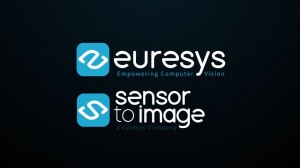




















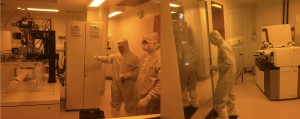
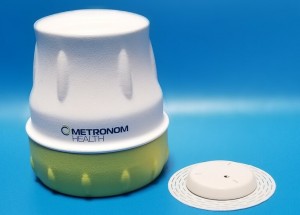



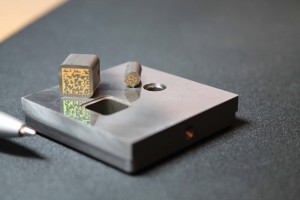

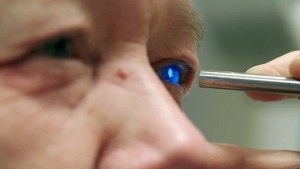

 Back to News
Back to News